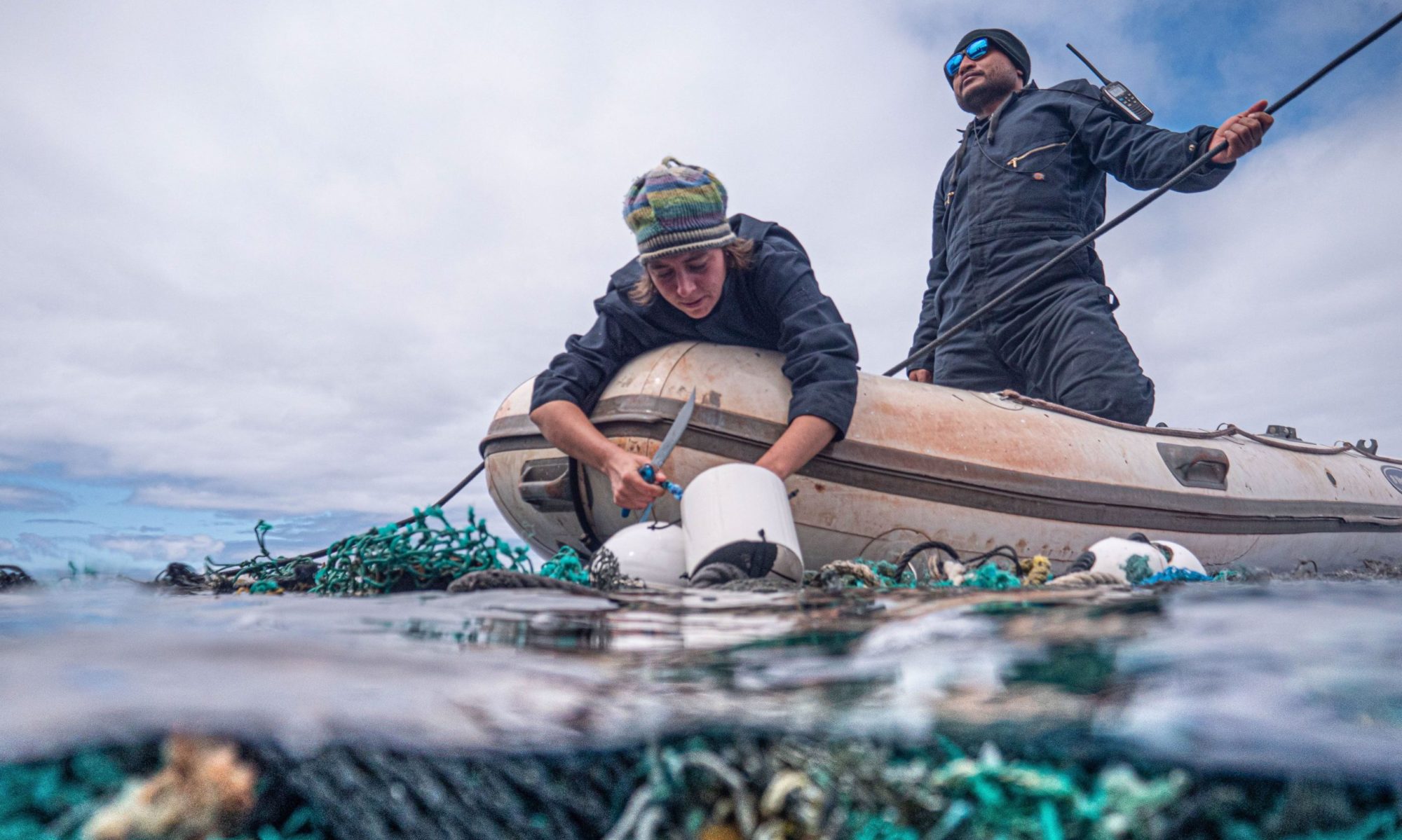-
OCEAN VOYAGES INSTITUTE
-
WE CAN ALL BE OCEAN HEROES
Solving a problem starts with knowing that you have one. Ocean Voyages Institute’s Ocean Cleanup Initiative vividly shows how discarded plastics are clogging the ocean, causing a major problem for the planet’s vital “blue heart,”entangling marine life and insidiously killing as it accumulates in the food chain, from tiny plankton to great whales. Best of all, the mission highlights hope with ideas for positive action.
~ Dr. Sylvia Earle, National Geographic Explorer
-
YES, WE CLEAN!
“We live in a time when nearly every problem has a solution. We must make protecting 72% of our planet a priority. The global ocean is vital to our own health and health of the planet. Ocean Voyages Institute and our collaborators around the world believe now is the time to protect our ocean.”
Mary Crowley, Ocean Voyages Institute Founder & Executive Director -
PLASTIC POLLUTES
Every year over 300 million tons of plastic are produced, much of it for one-time use and less than 5% of the world’s plastics are recycled. National Geographic estimates that over 85 million plastic bottles are used every three minutes. In many cases, plastic waste that is not incinerated or land-filled makes its way to the oceans. We need to stop the flow of plastics to our ocean – at our current rate, plastics are expected to outweigh our ocean’s fish population by 2050.
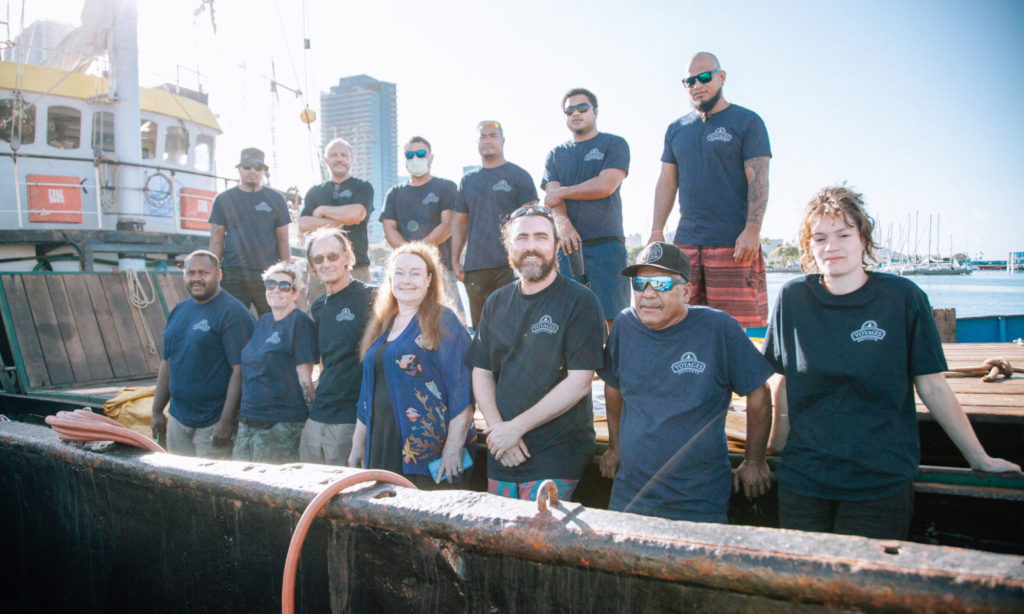
OCEAN CLEANUP
Since 2009 Ocean Voyages Institute (OVI) has been sounding the alarm about the mounting threat of ocean plastics—and finding solutions. In our eight cleanup voyages to the Pacific Gyre, mid-way between California and Hawaii, OVI had retrieved more than 700,000 pounds of plastic debris—ranging from household plastic trash to abandoned fishing nets. In 2020, OVI completed the largest open-ocean cleanup in history—recovering and upcycling, recycling and repurposing some 340,000 pounds (170 tons) of plastics. We’re now preparing to take these proven methods to scale.
Cleanup Voyages to the Pacific Gyre
Pounds of Marine Debris Removed
BECOME AN OCEAN HERO
WE CAN ALL BE OCEAN HEROES
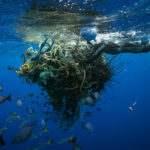
BE PART OF THE SOLUTION
The health of our ocean planet and our own health is intertwined.
It is imperative to stop the flow of plastic garbage and toxins into our oceans. It is of equal importance to CLEANUP OUR OCEAN.
Protect what you love and help clean up our ocean.
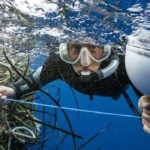
PROTECT WHAT YOU LOVE
Urgent action is needed at all levels: curtailing the manufacture of throwaway plastics, preventing plastic trash from entering the oceans, and enlisting the public, corporations, and the maritime industry in education, prevention, innovation and massive cleanup efforts.
“We live in a time where nearly every problem has a solution,” says Crowley. “The question is, are we ready to make it a priority to protect 72 percent of the planet?”
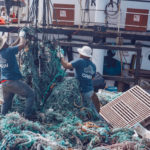
SPONSOR OCEAN CLEANUP
Awareness, action and change is what is needed! We live in a time where nearly every problem has a solution.
The question is Are we ready to make protecting 72% of the planet a priority? Our global ocean is the blue heart of the planet. Ocean Voyages Institute and our collaborators around the world believe now is the time for action to restore the health of our ocean.
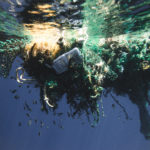
BE AN OCEAN HERO
With a lead grant from Matson Navigation Company, OVI has launched a campaign to build and operate two custom-designed sailing vessels, enabling OVI to extend our clean-up operations beyond the summer months and focus on collecting plastics in areas of the Pacific most at risk, including Marine Protected Areas.
HELP OVI EXPAND OUR OCEAN CLEANUP EFFORT
LATEST NEWS
OCEAN VOYAGES INSTITUTE LAUNCHES CAMPAIGN FOR WORLDWIDE FLEET OF SAILING CLEANUP SHIPS
OVI today announced an initiative to build two custom-designed sailing cargo ships as a prototype for a global ocean cleanup fleet. SAUSALITO, CALIFORNIA, UNITED STATES, May 30, 2023– Ocean Voyages Institute (OVI), a leader in the cleanup of the North Pacific Gyre, also known as “the Great Pacific Garbage Patch,”…
MARY CROWLEY, OVI FOUNDER, ADDRESSES OCEANS SUSTAINABILITY CONFERENCE
Mary Crowley, founder and president of Ocean Voyage Institute, was featured as a keynote plenary speaker at the OCEANS 2023 conference in Limerick, Ireland, June 5-8, 2023. Since 2009, Mary has led research voyages to the North Pacific Gyre studying plastic debris distribution and conducting cleanups. In her plenary remarks,…
PROTECT WHAT YOU LOVE
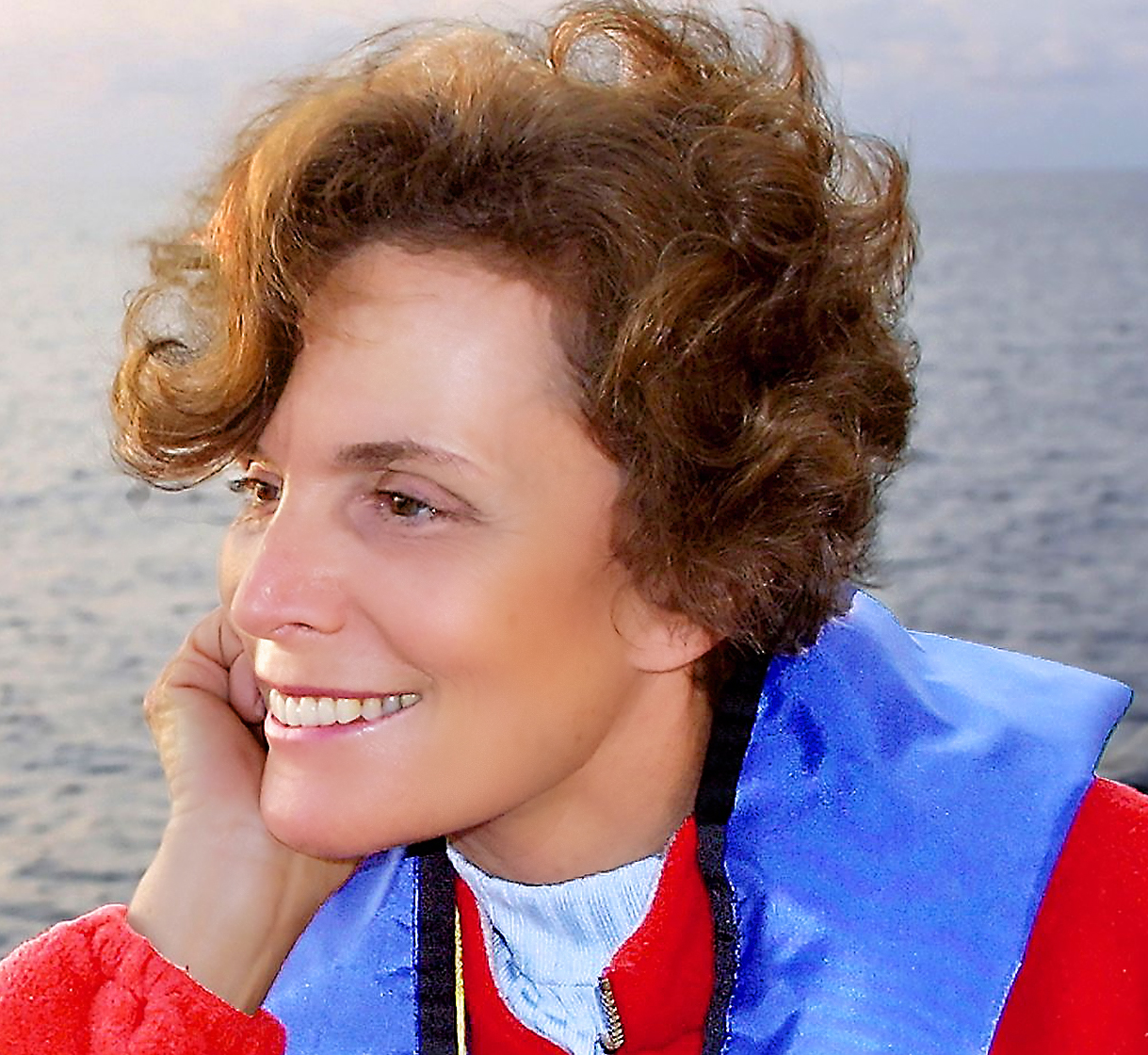

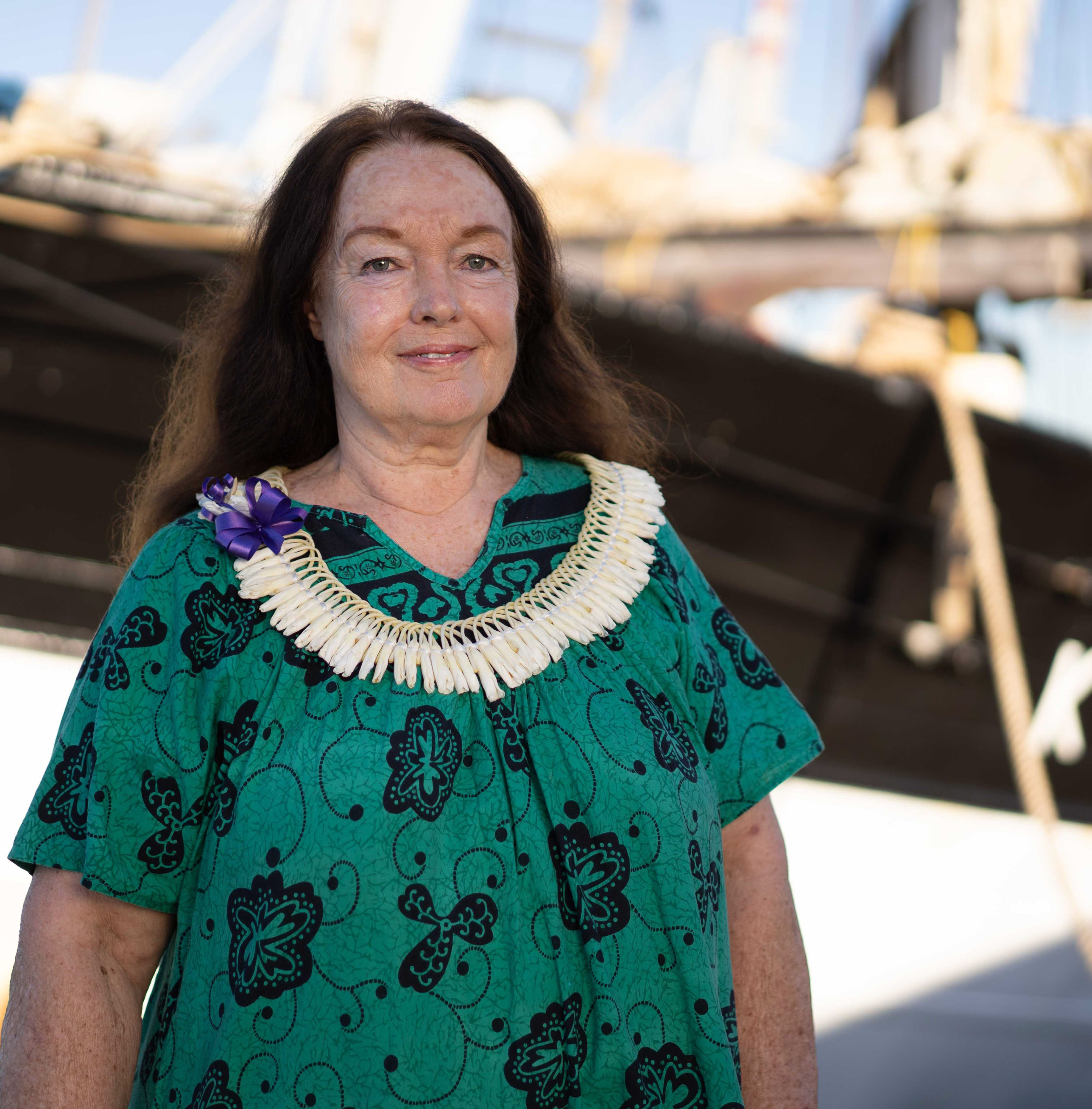
BE PART OF THE SOLUTION
Ocean Voyages Institute’s cleanup technologies are proven, effective and efficient. OVI’s cleanup processes are designed to improve the habitat for sea life and save the lives of whales, dolphins, sea turtles, fish and other marine life. With over 40 years of maritime experience and over a decade of expertise in removing plastic from the ocean, OVI is a world leader in ocean cleanup.
Protecting the ocean environment is a major aspect of our ocean cleanup work. Our methods are scalable and can be used with partners throughout the world. OVI is asking for donations and financial support in order to achieve our goal of removing more than a million pounds of plastic from the ocean in 2023.
